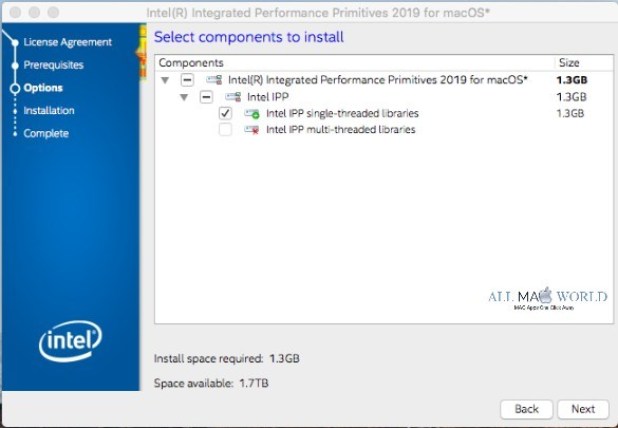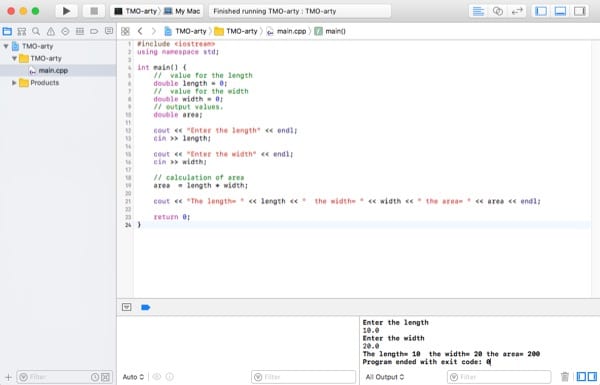

Changes since Intel® C++ Compiler 19.0.5 (New in Intel® C++ Compiler 19.0.8) This section highlights important from the previous product version and changes in product updates.

This document provides a summary of new and changed product features and includes notes about features and problems not described in the product documentation. Reading | # | 100% 0.Intel C++ Compiler 19.0 for macOS* Release Notes for Intel Parallel Studio XE 2019 Writing | # | 100% 0.88sĪvrdude: verifying flash memory against test.hex:Īvrdude: load data flash data from input file test.hex:Īvrdude: input file test.hex contains 3392 bytes To disable this feature, specify the -D option.Īvrdude: input file test.hex auto detected as Intel Hex Reading | # | 100% 0.01sĪvrdude: NOTE: FLASH memory has been specified, an erase cycle will be performed If all goes well, the output should look something like this: avrdude: AVR device initialized and ready to accept instructions Typical usage would be as follows:Īvrdude -p -c avrisp2 -P -U flash:w.hexĪvrdude -p m328p -c avrisp2 -P /dev/cu.usbmodem00022331 -U flash:w:test.hex To see the full command-line syntax for AVRDUDE, type avrdude -help at the command line, or consult the AVRDUDE documentation. The AVRDUDE program may be used for this purpose. hex file, it is ready to be flashed to the AVR. Once an AVR program has been compiled to a.

You can now compile programs for the AVR at the command line using the avr-gcc or avr-g++ compilers. Then run the following commands to install AVRDUDE and homebrew-avr: To obtain these tools, we recommend first installing Homebrew. To program AVRs in Mac OS X, you will need the free avr-gcc compiler, avr-libc, AVRDUDE, and other associated tools. If you have an Orangutan or 3pi Robot or wish to use the Pololu AVR C/C++ Library for some other reason, we recommend following the Pololu AVR Programming Quick Start Guide instead of this tutorial.


 0 kommentar(er)
0 kommentar(er)
